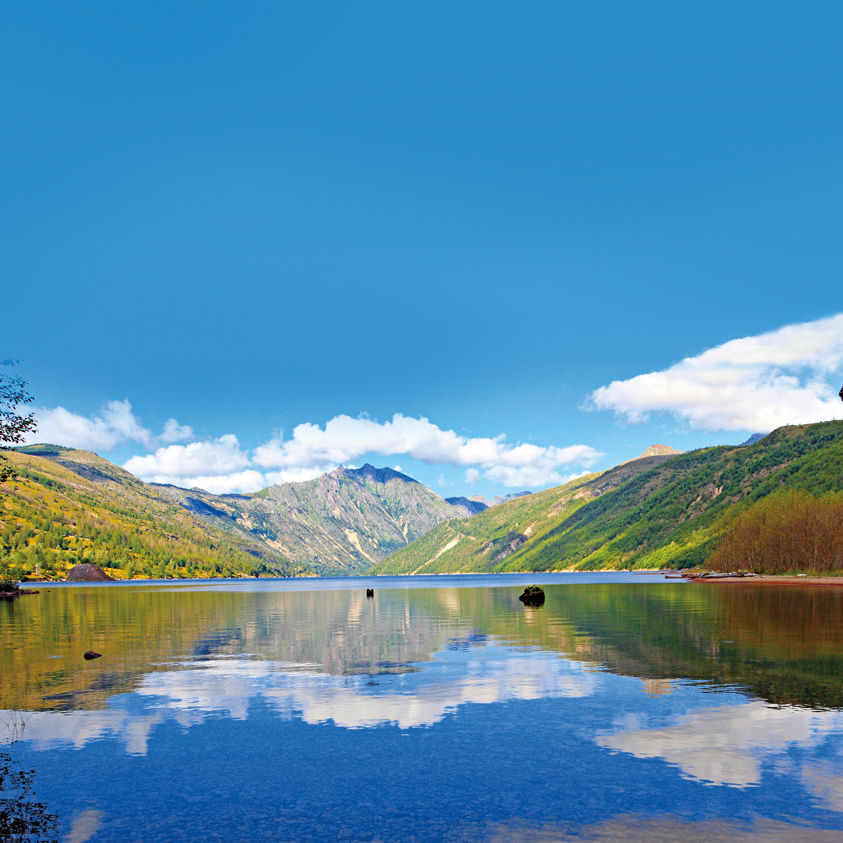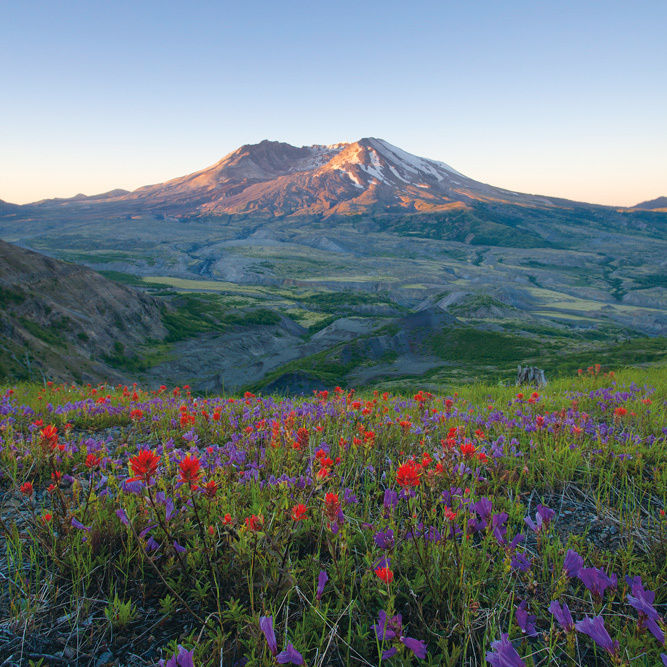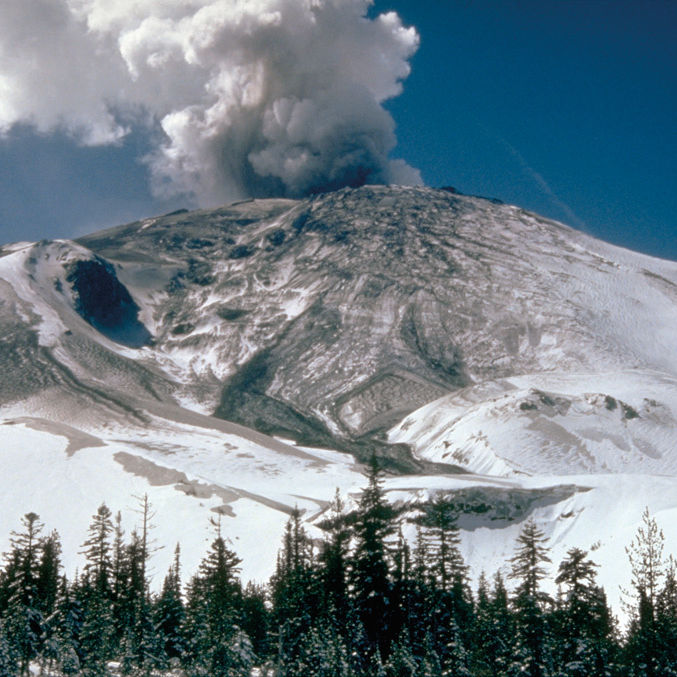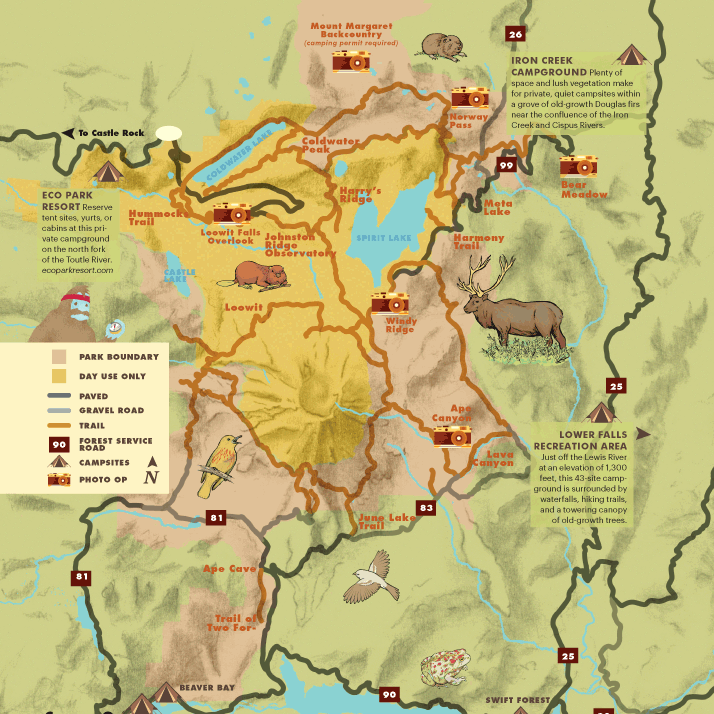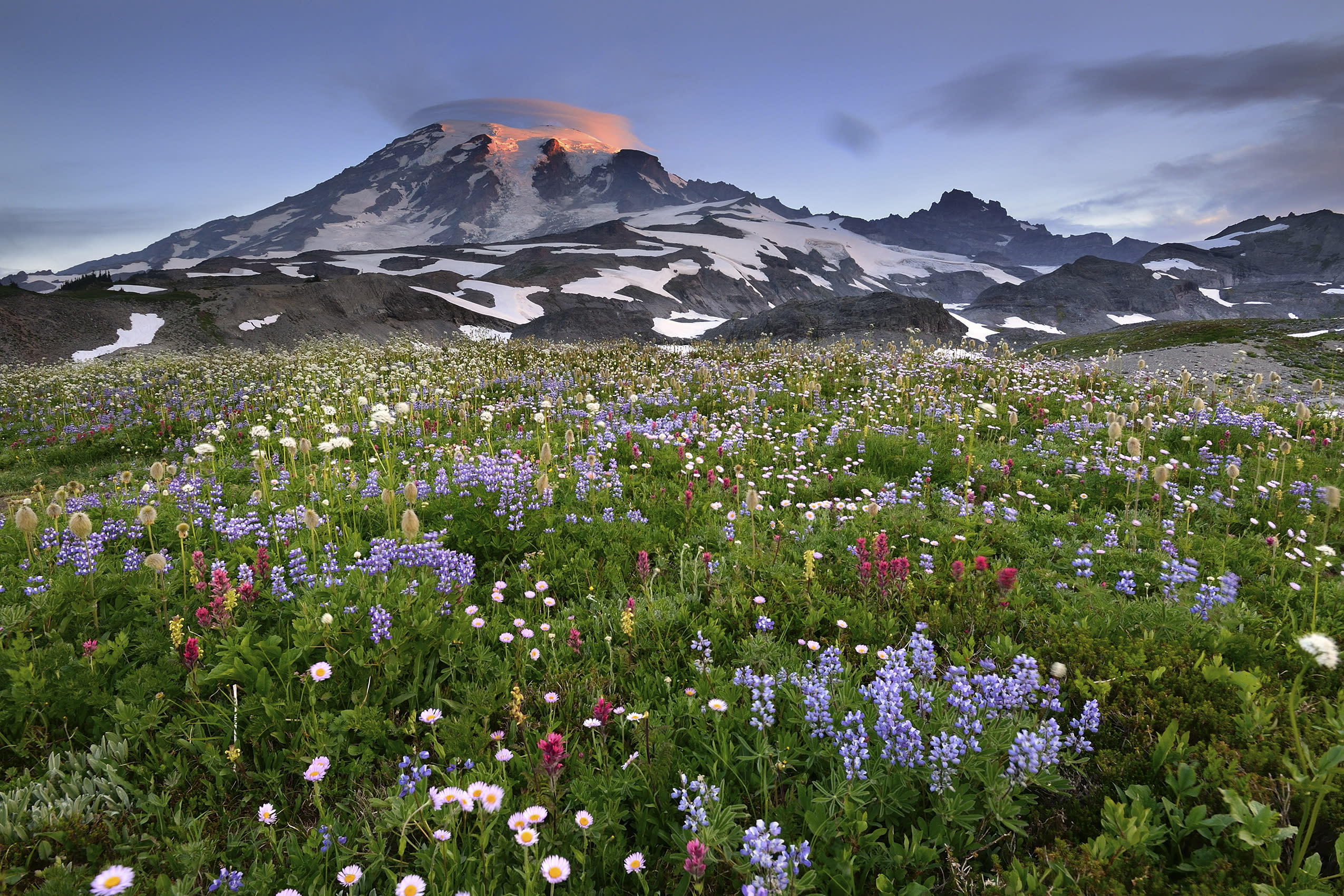Life Goes On: Mount St. Helens' Flora and Fauna
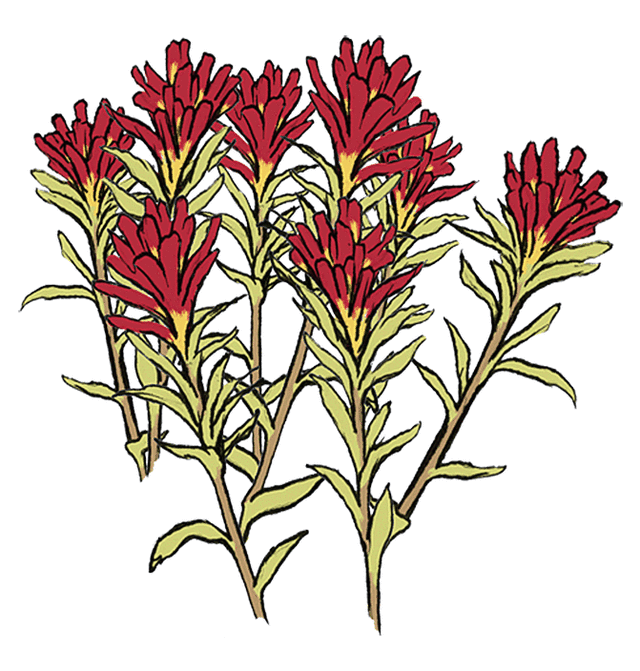
After 34 years on the volcano, ecologist Charlie Crisafulli reflects on rebirth at Mount St. Helens.
What’s your first memory of the mountain?
It was two months after the eruption. I flew in by helicopter. The forest was flattened, the streams choked with volcanic ash and pumice—seemingly lifeless as far as the eye could see. I saw the steaming, gaping crater and realized something incredibly profound had happened here. It was beyond all senses to comprehend the scale and the extent of change. It was exciting…and also chilling. I was only 22, but I knew right away this was a mecca. We have been going back to the same plots for 33 years now—watching how species come, go, and their populations change, often in very dramatic ways.
What exactly is happening on the mountain?
Essentially, it’s a big island: a very large, slowly regenerating system. The landscape is important because it provides habitat for a large array of species that thrive in early, pre-forest conditions. Once trees are present and the canopy closes, that’s a game changer. So we’re seeing species (groups of birds, butterflies, plants, and mammals, for example) that are distinctly different from the surrounding areas of the Cascades. It’s a biological hot spot. You can see an endless complex with meadows of colorful flowers, of paintbrush and lupin, dense thickets of shrubs, young patches of deciduous forest, and scattered conifers. This mosaic of habitats provides resources for an equally dazzling array of animals.
Why is this place so special to you?
It has to do with hope. All of us go through tragedy at some point. What is more hopeful than looking at a shattered landscape and seeing a sprig of green come up through the cold, dark ashes? Life marches on. That’s the poetry of the place.
A Field Guide to the Wild Things of St. Helens
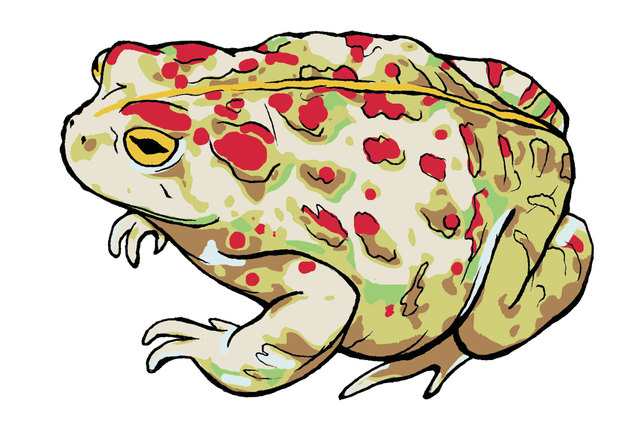
WESTERN TOAD
This hefty amphibian is considered threatened or endangered in most western states, but in the wake of the eruption its numbers around St. Helens exploded—aided by a lack of predators, pathogens, and parasites. In mid-to-late summer you’ll find enormous masses of jet-black tadpoles along the marshy shorelines of lakes and ponds. They are generally mute, except during their enormous annual orgy. “It’s an amazing biological spectacle,” says Crisafulli, “as 1,000 orange-sized floating Buddhas vye for long-awaited sex.”
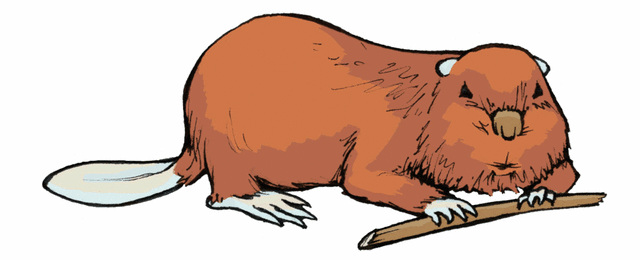
AMERICAN BEAVER
This flat-tailed, reddish brown–coated megarodent is one of the area’s key bioengineers. As beavers travel upriver, felling cottonwoods, building dams and lodges in the blowdown zone, they also change the habitat for other species—in particular, converting streams to ponds perfect for amphibian baby-making.
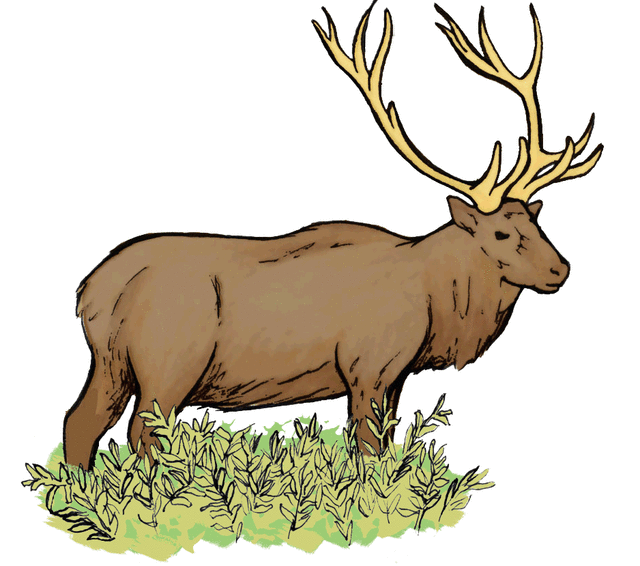
ELK
In the fall, as many as 300 of these majestic mammals roam the pumice plain, just north and west of the crater, munching on fields of willow and paintbrush. Crisafulli says they’re impacting the landscape, too: “When 75 elk stop in one place for a half hour—rubbing their antlers on bushes, trampling, and uprooting plants—they change that patch of ground for 10 years.” On the plus side, elk poo and urine are “nutrient bombs” that enrich volcanic soil and nourish the next cycle of grasses and flowers.
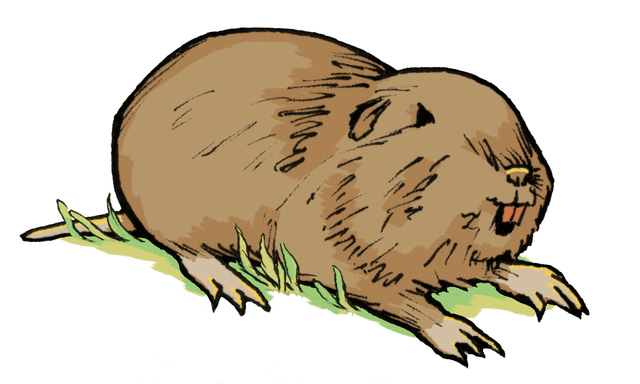
NORTHERN POCKET GOPHER
You’ll catch glimpses of this stout burrower’s prodigious dirt mounds along trails that traverse the open blast, including the Boundary Trail (see p. 64). Because gophers dwell in underground bomb shelters, they escaped the worst of the blast and helped spur the first plant growth on the mountain, mixing dead volcanic ash with healthy soil as they burrowed in search of food. Today, “they’re spreading like crazy across the landscape, constantly eating plants and turning the soil,” says Crisafulli.

YELLOW WARBLER & WILLOW FLYCATCHER
Thanks to a patchwork of forest-free habitats, St. Helens is home to a startlingly diverse array of birds. Be on the lookout for tiny yellow warblers whistling away in willow and alder shrubs, and brown-feathered willow flycatchers zooming after insects along most trails in the blowdown, pyroclastic flow, mudflow, and debris avalanche zones.
THE SASQUATCH FACTOR
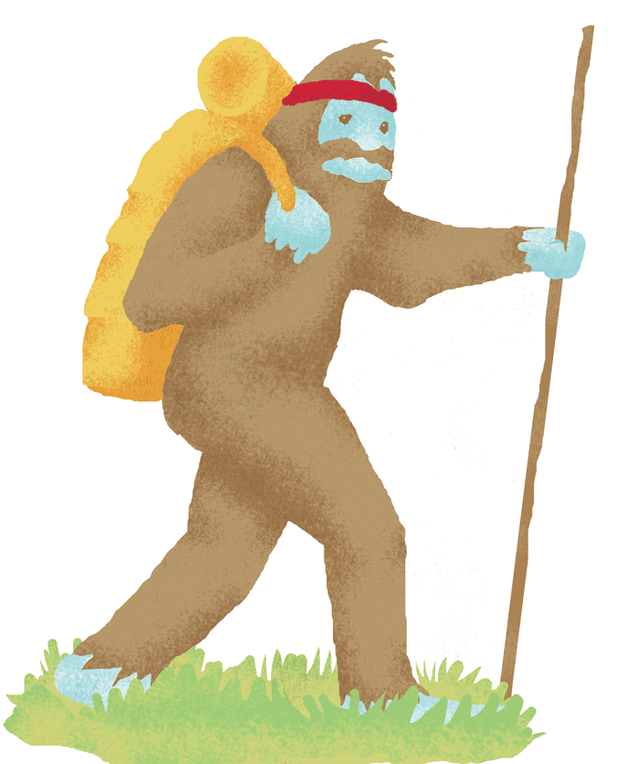
Rumored to stand about 10 feet tall and weigh close to a ton, this hirsute hominid first surfaced in oral culture more than 200 years ago, in the Clallam Indians’ accounts of a ferocious killer who would lurk in St. Helens’s caves and lava pits.
The story gained a new chapter in July 1924, when a group of miners claimed they were attacked by a group of “hairy apes” who threw boulders at their cabin during the night. (They never found the beasts.)
To this day, inexplicable footprints, hair samples, and even the occasional blurry photograph still turn up.
